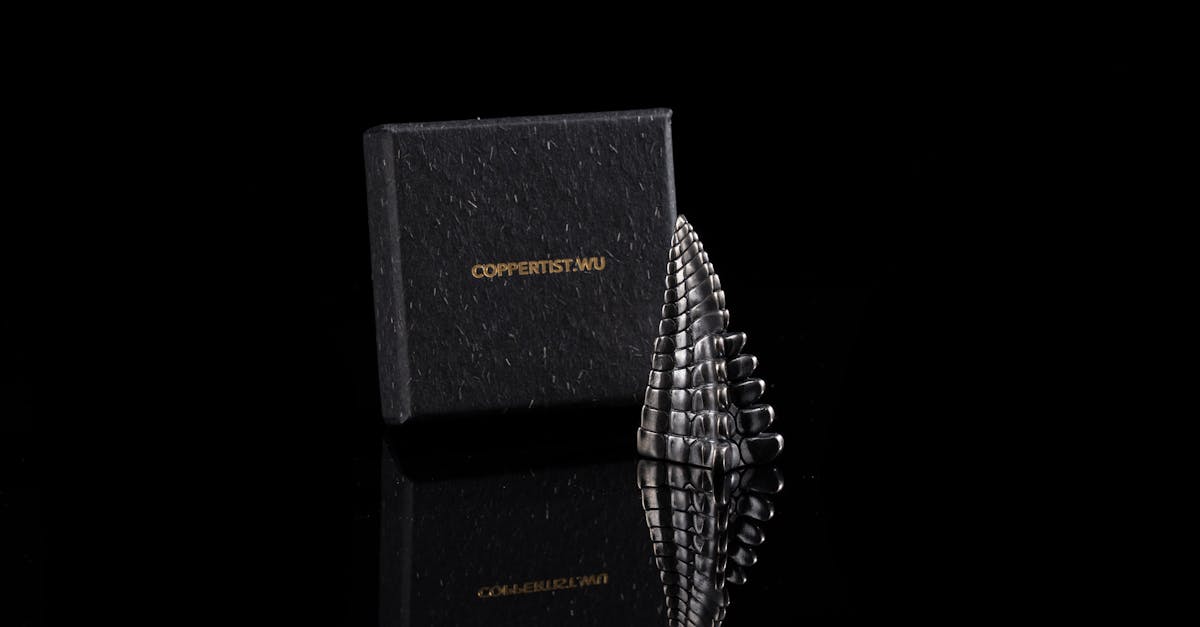When To Splurge And When To Save
Introduction: The Struggle of Choice
Navigating the world of luxury and bargain options can often feel like walking a tightrope. While luxurious items promise unparalleled quality and prestige, bargain alternatives lure with the promise of saving your hard-earned money. But when is it truly worth investing in a splurge, and when could you settle for a more frugal choice without sacrificing too much? The topic of luxury versus bargain is one of balancing financial prudence with indulgence. From fashion to electronics, the choices abound. Understanding when to splurge and when to save is key to financial well-being and satisfaction.
Advertisement
The Value of Quality
Luxury items often come with a guarantee of superior craftsmanship, durable materials, and a touch of exclusivity. While they may carry a higher price tag, their longevity and performance can justify the cost over time. For instance, investing in a pair of high-quality leather shoes might seem like a hefty initial expenditure. However, their durability and timeless design mean they'll last far longer than cheaper alternatives. By appreciating the intrinsic value of quality, consumers can make informed decisions that favor long-term satisfaction over short-lived savings.

COPPERTIST WU/Pexels
Advertisement
When Luxury Pays Off
Certain categories of products are inherently worth the splurge. Electronics like laptops and smartphones can benefit from higher initial investments, ensuring top performance and longevity. Similarly, premium skincare products often contain advanced formulations that deliver better results. In the realm of furniture, opting for classic, well-made pieces can yield lasting enjoyment and elegance. While the upfront cost may sting, the higher quality typically translates into enhanced functionality and durability, rewarding the initial extravagance over extended periods.
Advertisement
Bargain Finds That Deliver
Not every purchase need break the bank to yield satisfaction. In many categories, savvy consumers can find formidable bargains that deliver both quality and performance. Everyday clothing items such as basic t-shirts or denim jeans are often available at reasonable prices without compromising wearability. Generic household essentials like cleaning products or cookware offer functionality similar to pricier counterparts. For those looking to reside exceptionally within a budget, learning to identify true value in affordable products is an invaluable skill.
Advertisement
Defining True 'Bargains'
While savings may entice, not all bargains are created equally. True bargains offer a balance of affordable pricing and enduring quality, rather than simply being cheap. It's essential to distinguish between products that are inexpensive due to lower quality and those that provide genuine value. Look for signs of reliable testimonials, or seek items with excellent reviews that confirm durability. Shopping sales or waiting for seasonal discounts can reduce costs without compromise, lending authenticity to the idea of a "bargain."
Advertisement
Balancing Needs and Desires
The line between splurging and saving often leads back to one's personal needs and desires. Not all splurges are justified, and not all savings signify financial prudence. Prioritizing essentials such as health, comfort, and practicality can aid in navigating spending dilemmas. Whether it's the comfort of a good mattress or the nostalgia of a vintage watch, aligning purchases with genuine desires ensures contentment. Factors such as time, effort, and genuine personal attachment play significant roles in guiding where to allocate funds.
Advertisement
Mindful Frugality
Practicing mindful frugality is about maximizing enjoyment from every dollar spent. It involves evaluating purchases with conscious reasoning rather than impulsive indulgence. Awareness of market trends, personal spending limits, and product performance can cultivate an astute consumer culture. Observing spending habits can encourage a purposeful approach to finances, blending selective luxury indulgence with smart savings. Mindful decision-making allows consumers to enjoy the perks of both worlds, balancing prudence with permissible indulgence.
Advertisement
Environmental Impact Considerations
Understanding the broader implications of spending choices includes acknowledging environmental impacts. Investing in high-quality items that last longer reduces waste and promotes sustainability. Conversely, frequent purchases of cheaper, disposable goods create a cycle of waste that harms the environment. Consumers are encouraged to consider eco-friendly brands when opting for luxury purchases or support recycled and upcycled goods for bargain buys. Environmental consciousness becomes a rewarding layer of decision-making for ethically inclined individuals.
Advertisement
Navigating Personal Finance Goals
Balancing luxury and bargain choices is a tool for reaching personal financial goals. Setting priorities and aligning purchases with those objectives enhances responsible spending. Saving on certain categories allows more financial freedom for splurging in others, adhering to budgetary limitations. For instance, saving on dining out or entertainment may permit indulgence in travel experiences. By establishing a spending plan aligned with ongoing goals, consumers can enjoy a harmonious blend of savings and indulgence.
Advertisement
Conclusion: Harmonizing Choices
Striking the right balance between luxury and bargain is an art form measurable by discernment and individual perspectives. While some scenarios demand lavish spending, others benefit from frugality and financial mindfulness. The decision to splurge or save ultimately depends on personal priorities, values, and circumstances. By understanding genuine needs and weighing the value of quality, consumers can make decisions that empower satisfaction and fiscal assurance. Remember, thoughtful spending, informed by desire and practicality, defines smart consumer behavior.
Advertisement






